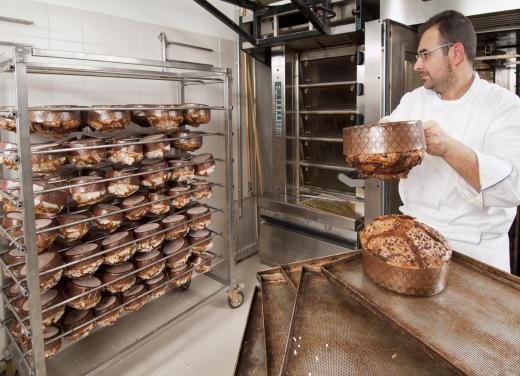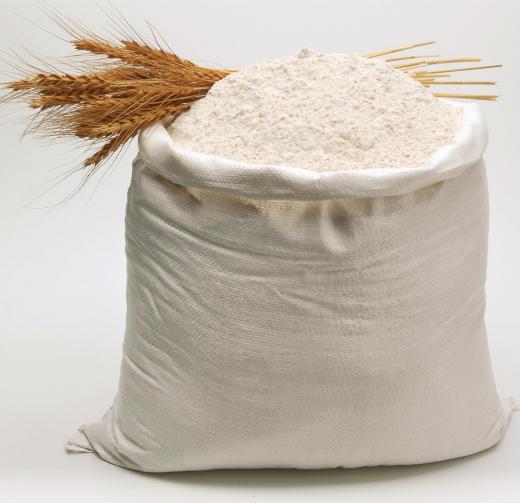Scale calibration is a process used to ensure that a weight scale is providing accurate information. For scales used commercially, calibration may be necessary every few weeks or months, to confirm that the scales are still weighing accurately, while home scales may be left uncalibrated for longer periods of time
Scales begin to show inaccurate weights for a variety of reasons. Sometimes components of the scale become worn out, changing the reading, and environmental factors can play a role as well. For example, many scales do not perform well in the cold, and a scale calibrated to work in an environment like a warm, humid bakery might be off if it is taken into a cool store room. The more a scale is used, the more likely it is that inaccuracies will arise.

The best way to perform scale calibration is to use a known weight to see if the scale returns the correct measurement. Several companies manufacture weights specifically for use for calibration, but it is also possible to use something like a sack of flour, a set of barbells, or another object with a weight that is definitively known. To calibrate the scale, the weight is set on it and the reading is noted. Next, the scale can be adjusted until it yields a correct weight measurement.
Some scales are adjusted simply with screws or levers which can be moved. Digital scales may have buttons used to calibrate them. The owner's manual for a scale usually provides specific information on how this process is performed.

Most people use several different weights during scale calibration to confirm that the scale is correct in multiple ranges. Some scales may be less accurate at lower weights, for example, in which case adjustments performed with a low weight on the scale may throw off the scale at higher weights.
A special type of calibration is performed when people want to weigh goods in containers without including the weight of the container in the measurement. First, the empty container is set on the scale, and then the scale is zeroed out to set the “tare,” or unladen weight. The goods are added to the container, and the container is weighed again. The measurement on the scale will reflect the weight of the goods only, not the weight of the container. Some scales have preset tare settings that people can program for containers they use all the time, so that they do not have to reset the scale every time they weigh something.
Ever since she began contributing to the site several years ago, Mary has embraced the exciting challenge of being a About Mechanics researcher and writer. Mary has a liberal arts degree from Goddard College and spends her free time reading, cooking, and exploring the great outdoors.

